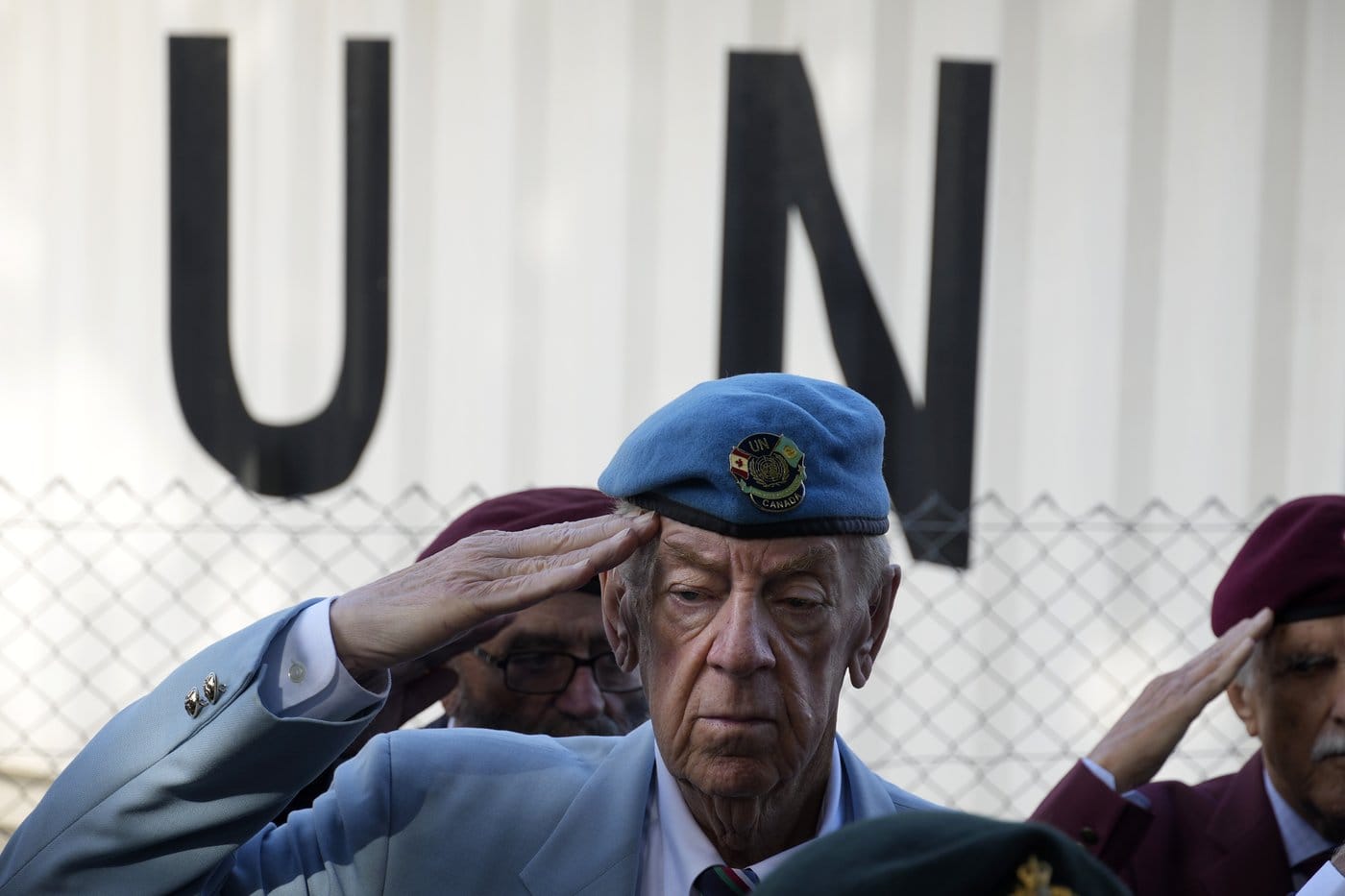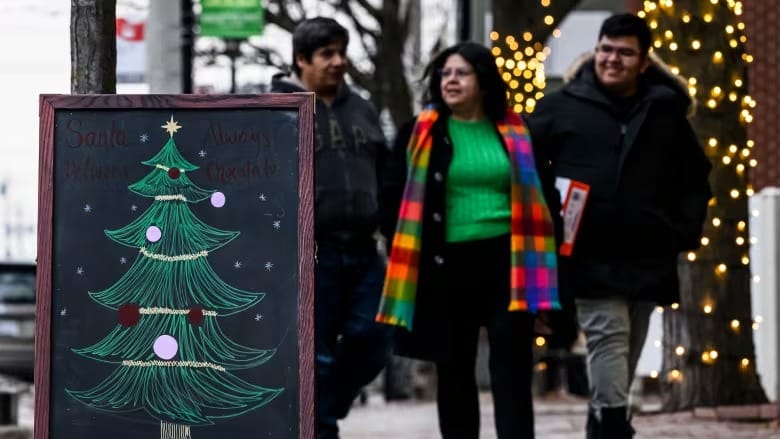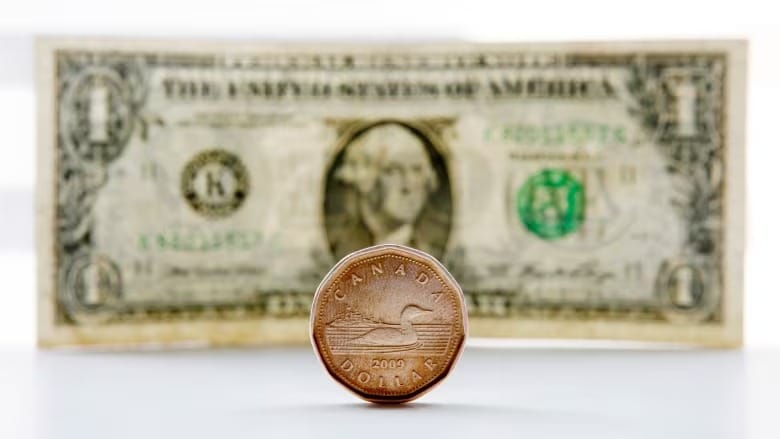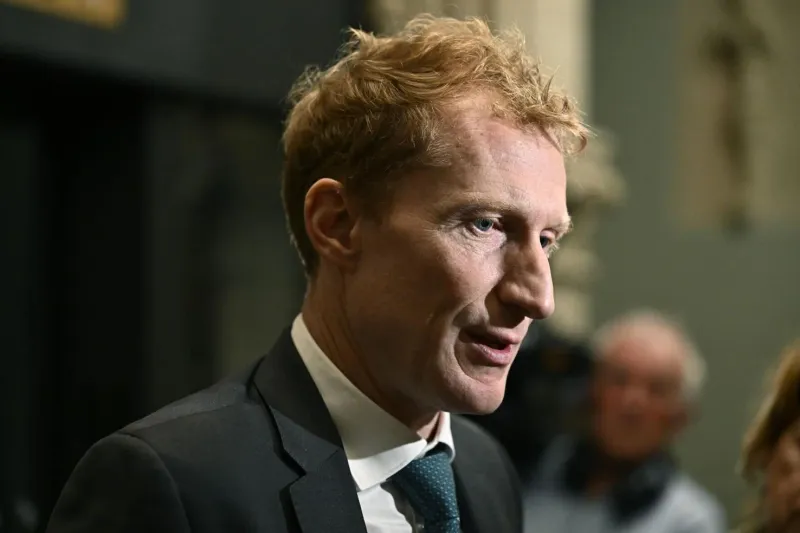Canadian veterans remember how they eased tensions as UN peacekeepers in ethnically split Cyprus
“This was the first time I was confronted with people that were really, really upset with their situation,” she recalled.

For Canadian U.N. peacekeeper Michelle Angela Hamelin, it was the first time she encountered the raw emotion of a people deeply frustrated with their country's struggles. During her eight-month tour of duty in Cyprus in 1986, she was struck by the intense anger of Greek Cypriot protesters opposing the first visit of a Turkish head of government to the island’s breakaway Turkish Cypriot north.
“That anger and the people… that really stuck to my mind,” Hamelin shared with The Associated Press.
Hamelin was among 100 Canadian veterans who traveled to Cyprus to mark the 60th anniversary of the U.N. peacekeeping force, UNFICYP, which remains Canada's longest-running mission.
“This was the first time I was confronted with people that were really, really upset with their situation,” she recalled.
At the time, Cyprus was still reeling from a Turkish invasion twelve years earlier, triggered by a coup that aimed for union with Greece. The island was sharply divided along ethnic lines, and tensions were high.
UNFICYP, which had been deployed in 1964 to reduce hostilities between Greek Cypriots and Turkish Cypriots, had been operating for over a decade before the invasion. Canada was one of the first countries to join the mission, and over 28,000 Canadians would eventually serve in the peacekeeping force. Canada withdrew nearly all its peacekeepers from Cyprus in 1993, though a Canadian presence remains. Tragically, 28 Canadians lost their lives during the mission.
In 1986, Hamelin’s duties involved patrolling the U.N.-controlled buffer zone separating the two opposing forces in Nicosia, the capital. She was based at the Ledra Palace hotel, which had been repurposed into a U.N. barracks, with bullet holes in the walls serving as a constant reminder of the potential for renewed violence.
“The Turkish side where I stayed was right there underneath my window at Ledra Palace … you got bullet holes above your bed. There’s a possibility this could happen again,” she recalled. Thankfully, conflict did not erupt during her time there, though Hamelin noted that Canadian peacekeepers often had to rely on their diplomatic skills to prevent tensions from escalating.
Ronald Reginald Griffis, one of the first Canadians to serve with UNFICYP in 1964, affirmed the calm, diplomatic approach that earned Canadian peacekeepers a reputation for resolving conflicts. He recalled how Canadian peacekeepers would often listen to both sides and help defuse confrontations along the Green Line, which divided Greek Cypriot and Turkish Cypriot neighborhoods in Nicosia.
“Quietness of the Canadians… you talk it over. You try to explain things,” said Griffis, now living in Cottam, Ontario. “I thought that they appreciated Canadians being there, and I think they trusted the Canadians doing what they can do.”
At a Remembrance Day ceremony held at the Canadian U.N. Peacekeeper Memorial, located in the buffer zone near the Ledra Palace, Hamelin, Griffis, and other veterans were joined by over 100 active-duty Canadian Armed Forces personnel. The delegation’s size underscored the deep significance of the mission for Canadian veterans. Canada’s High Commissioner to Cyprus, Anna-Karine Asselin, honored the veterans’ contributions, recognizing the challenges they faced.
Earlier in the week, Hamelin and Griffis toured the buffer zone, reflecting on how Cyprus had changed over the years, from the donkey carts of 1964 to a modern European Union member state. However, for Hamelin, despite the physical transformation of Nicosia, the island's division remains as evident as ever.
“I see how built up this is now in Nicosia. But it’s still the same. We still have that division and it’s very, very … in your face,” she remarked.





